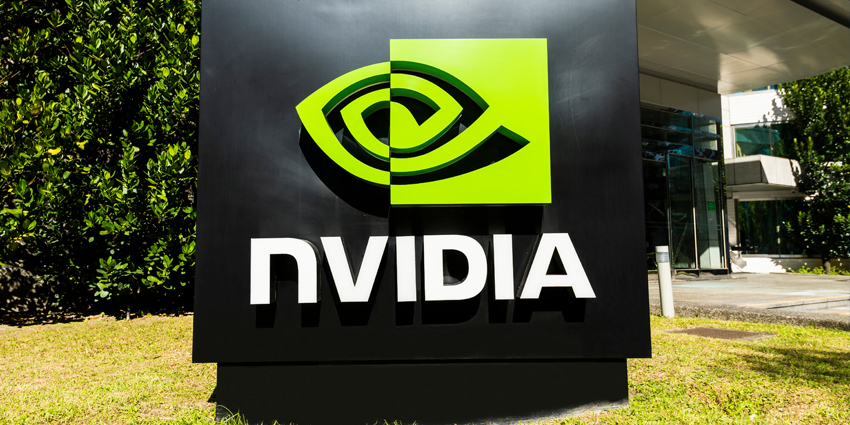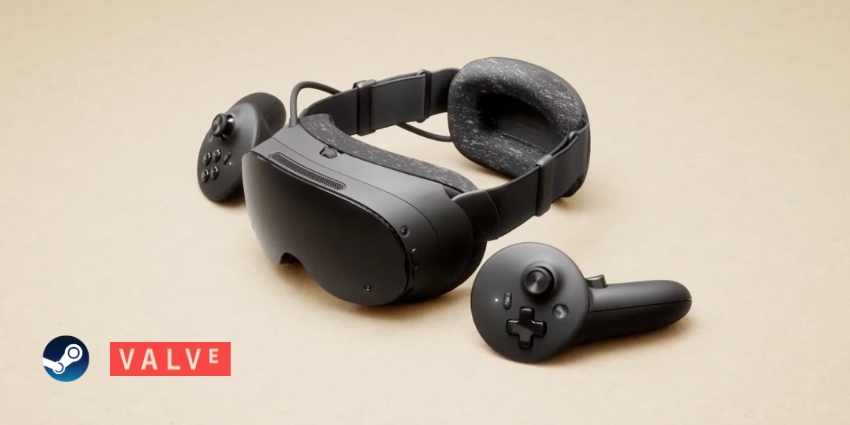This week, reports are emerging that highlight how NVIDIA’s long-awaited Blackwell chipset is delayed due to design flaws. The roughly three-month delay may prove taxing on awaiting firms such as Meta, Google, and Microsoft as each race to the front of AI innovation.
An NVIDIA spokesperson said:
As we’ve stated before, Hopper demand is very strong, broad Blackwell sampling has started, and production is on track to ramp in the second half.
NVIDIA unveiled the Blackwell chipset at GTC earlier this year, highlighting parallel use cases that link XR and AI in business situations. With the current GenAI rocket in motion, chipsets like Blackwell will only increase in value and demand, which NVIDIA wants to satisfy despite delays.
Moreover, with XR firms like Microsoft and Meta investing in AI-empowered XR services, access to powerful GenAI chipsets and supporting hardware could become vital in adopting smart glasses and VR headsets. Hopefully, Blackwell’s delays will not affect Meta and Microsoft’s XR goals.
How AI Chip Delays Affect XR
Recently, NVIDIA CEO Jensen Huang and Meta CEO Mark Zuckerberg spoke in a keynote address about Meta’s future XR hardware ambitions and the direction of the technology alongside AI integration.
Zuckerberg noted that his firm’s use of AI, LLMs, and XR allows Meta to build an open ecosystem when it needs to establish a unique selling point for its XR investments. With hardware giants like Samsung eyeing the growing XR space, these interested companies bring pre-existing device ecosystems that could trump Meta’s smaller hardware portfolio, making AI a solid investment.
Zuckerberg claims that despite the exciting potential for smart glasses, the development cycle is not smooth sailing, and many lessons are being learned. The CEO noted that Meta’s smart glasses leverage a “very small form factor,” which brings a number of “constraints.” The CEO explained that Meta cannot deliver the same amount of computing on smart glasses as on a phone.
However, the breakthrough in smart glasses, which led to the Meta Ray-Ban deal, comes at an opportune time: “exactly the time when all of these breakthroughs and generative AI happened,” he remarked.
Microsoft also recently filed a patent request, providing a potential first look at a pair of augmented reality smart glasses. The two filings with the USPTO, titled “Composite Poes Estimate For Wearable Computing Device” and “Resolution Enhancement in Spatital-Frequency Space,” suggest that Microsoft is developing AR smart glasses with Co-Pilot genAI integration.
It’s important to note that patents do not always indicate a firm’s upcoming products or hardware. Nevertheless, filings can offer insight into a company’s interest in specific technology markets, similar to the accumulation of Apple Vision Pro patents that preceded an official announcement from Apple.
Notably, the recent Microsoft patents highlight that, based on the information in the patent filings, the company has been working on this potential product since at least 2023.
The filings reveal that Microsoft is exploring a unique Windows OS for spatial computing, potentially Windows Holographic, which can detect a user’s environment and interactions, similar to the Apple Vision Pro spatial computing framework.
Furthermore, the filings show that Microsoft is incorporating AI to process the spatial information captured by the device’s camera, possibly suggesting CoPilot integration for Meta Ray-Ban-style virtual assistant services.
The details are limited. However, the filings also indicate that Microsoft’s device research aims to be user-friendly, including support for low-light conditions. Aside from technical details, the filings do not provide much more information about Hololens’ potential success.
The delays will not prove fatal for any firm or the reference XR hardware. However, readers should note the importance of such chipsets and how the technology will fuel XR in the future.







